#historical costuming
Text

1850-1855 Silk Evening Dress.
#historical fashion#fashion#historical#history#historical clothing#historical dress#long dress#victorian#textiles#victorian era#evening dress#evening gown#high fashion#old fashioned#fashion dress#1850s#1850s dress#1800 dress#1800s dress#1800s fashion#1800s#19th century fashion#19th century#victorian fashion#victorian pattern#victorian history#victorian dress#historical costuming#historical costume
55 notes
·
View notes
Text

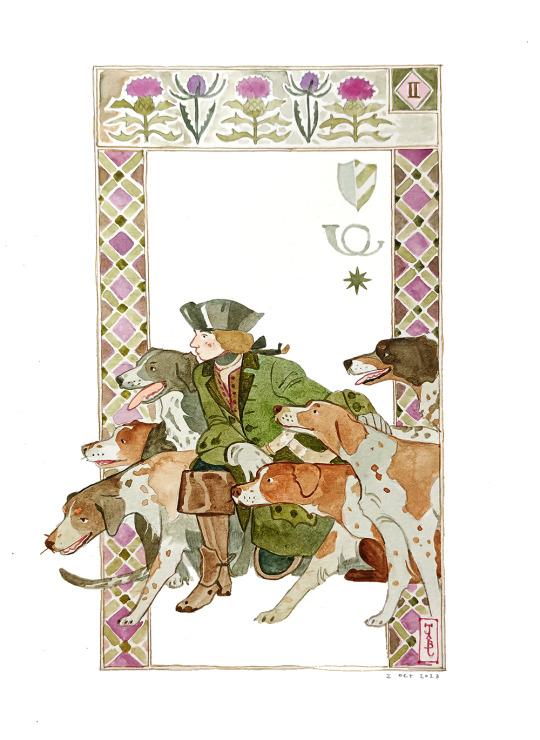
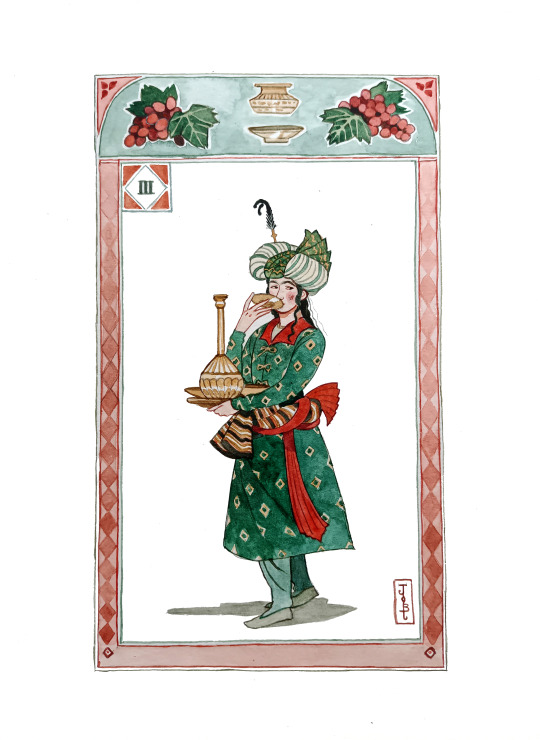


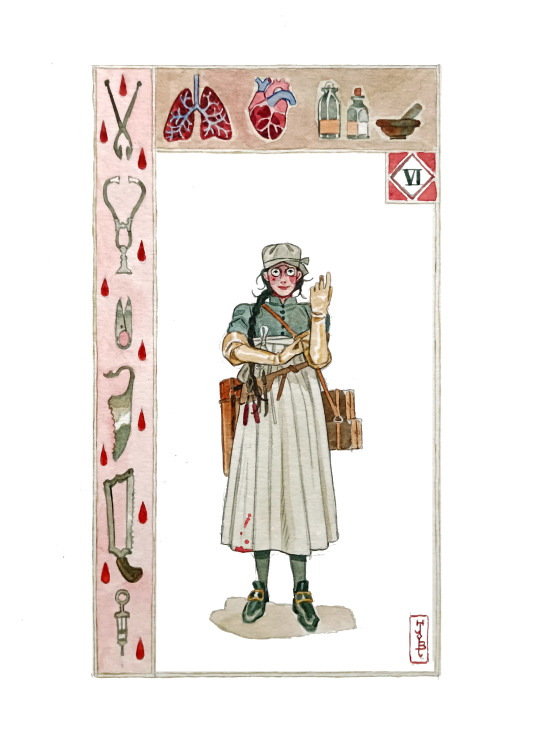
All the "inktobers" for this week (taking a break for the weekend) !
I. Hérault / Herald · II. Piqueur / Kennelkeeper · III. Échanson / Cupbearer · IV. Naturaliste / Naturalist · V. Comédien / Comedian · VI. Chirurgien / Surgeon
#inktober#paintober#inktober 2023#watercolour#historical costuming#15th century#18th century#17th century#16th century#traditional art
15K notes
·
View notes
Text
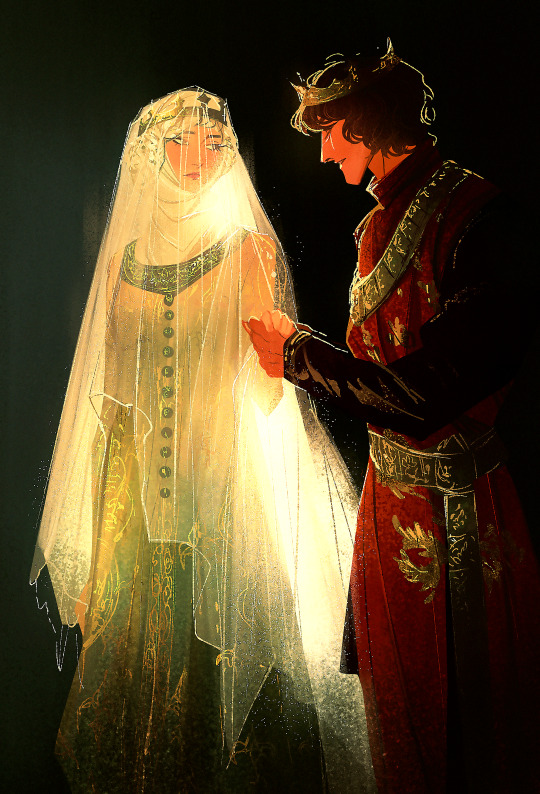
Another speedpainting study.
19K notes
·
View notes
Text
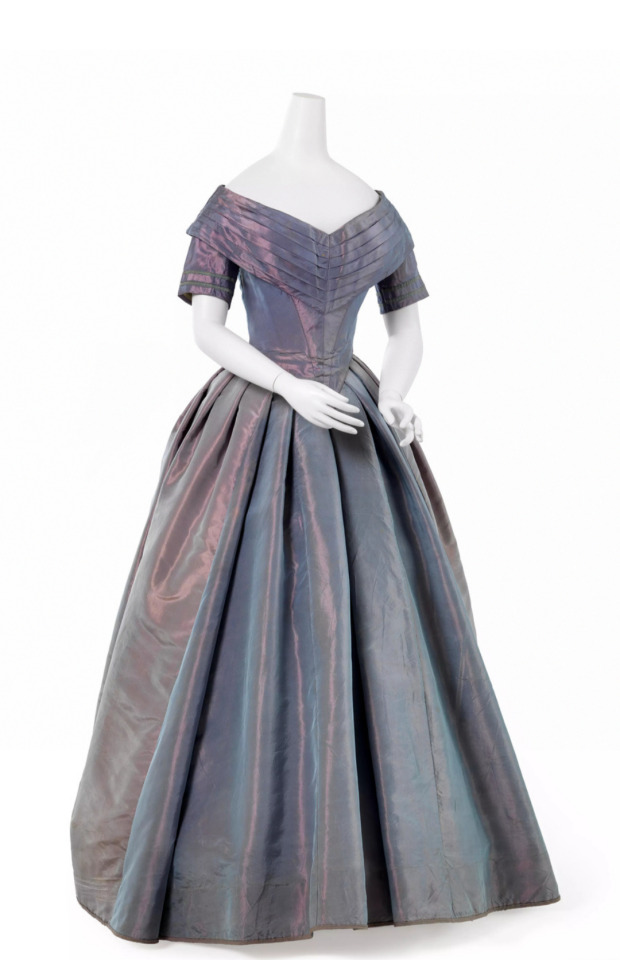

Ball gown, 1840-41
Maker: Unknown
From the collection of Wien Museum
#That's the most beautiful fabric I've ever seen#dress#clothing#historical dress#historical fashion#1840s#19th century fashion#ballgown#garments#costuming#historical costuming#victorian era#victorian fashion#19th century#my post#fashion#period fashion#historical clothing#fashion history#old fashion#iridescent#iridesence#fairy aesthetic#fairycore#light academia aesthetic#light academia
15K notes
·
View notes
Text



My most recent make is this ancient Minoan ensemble! It consists of a tunic (heanos) worn under a flounced wraparound skirt shaped like a double-bladed axe (labrys). Despite how heavy the linen skirt is, the entire outfit is surprisingly easy to move around in. I even waded into the river to rescue a bee!
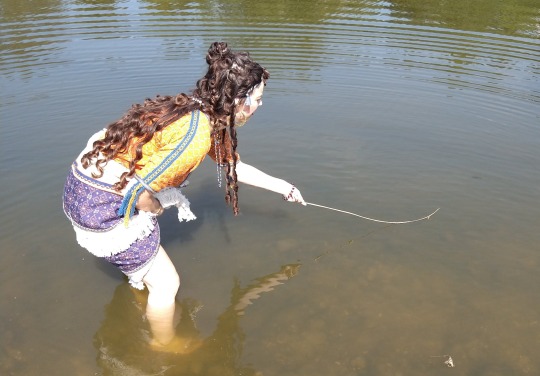
Hot Girl Activities
#minoan crete#minoan#ancient greece#greek mythology#historical costuming#bronze age#my costumes#clothing reconstruction#hot girl summer
5K notes
·
View notes
Text


The Queen of the North
Potentially random illustration but I had the idea in my head and a new brush I wanted to try out…. So… here we are (*´▽`*). Keeping with my theme of revisiting parts of previous designs and adding them to backgrounds/scenes. I also want to keep challenging myself, and going for more painterly styles is very much out of my comfort zone. What do you think? I had a bit of fun, learned some things, tested some things out, maybe I’ll try more in this style? (And before you ask yes I know there are supposed to be weirwood leaves, I didn’t have the energy to include them, that’s just the way it is).
I am the artist! Do not post without permission & credit! Thank you! Come visit me over on: instagram.com/ellenartistic or tiktok: @ellenartistic
#queen of the north#redesigning game of thrones#game of thrones#valyrianscrolls#character design#costume design#ellenart#lnart#redesigning heroines#historical fashion#historical costuming#valyrian scrolls#sansa stark#house stark
2K notes
·
View notes
Text
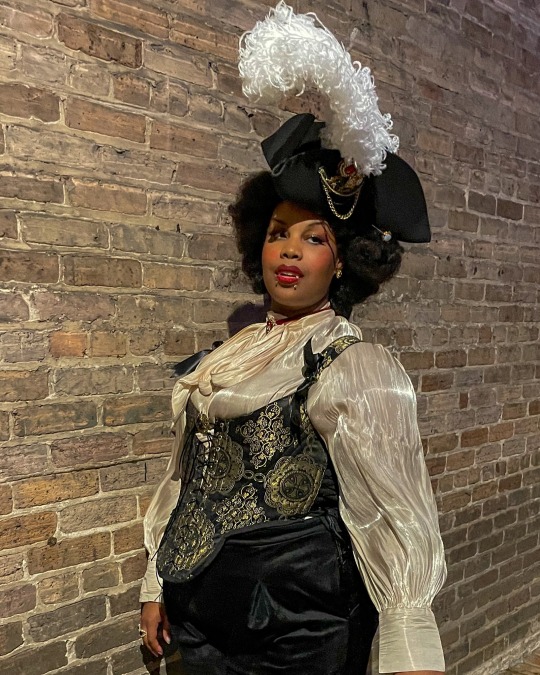

baroque gentle lady | IG
#I’m wearing vampire teeth that’s not popcorn I swear#baroque aesthetic#antique aesthetic#black people in historical costume#historical costuming#georgian era#marie antoinette#gold#dandy aesthetic#dandy#fancy dress#mignonne#2023#vampire aesthetic#black
3K notes
·
View notes
Text
The impressionist's muse
#late victorian#historical costume#vintage aesthetic#victorian aesthetic#1890s#edwardian aesthetic#1900s#impressionist style#New Orleans#impressionism#pierre auguste renoir#turn of the century#mary cassatt#french impressionist#historical costuming#mignonne#2024
682 notes
·
View notes
Text
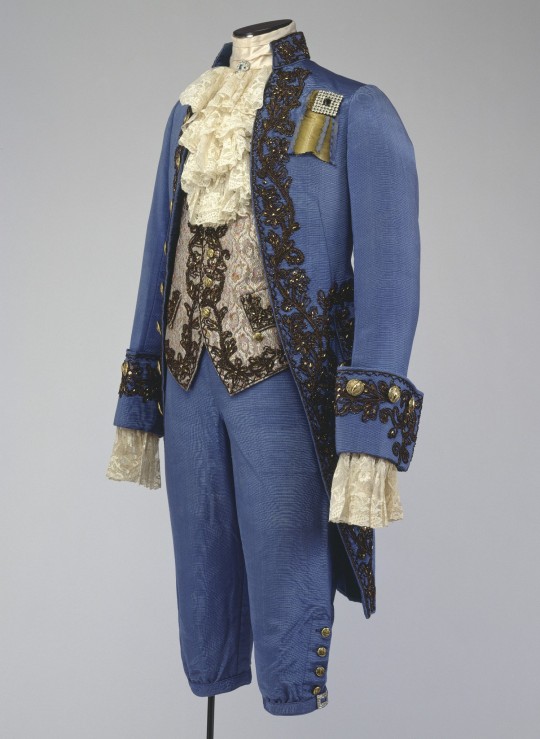
• Costumed Set.
Designer/Maker: I.Miller & Son, G. Shindhelm, Eaves Costume Co.
Date: 1924
#fashion history#history of fashion#fashion#historical fashion#costume#historical costuming#historical costume#vintage#vintage fashion#1920's#costumed set#eaves costume co.#1924
610 notes
·
View notes
Text
BTS the Afrovictorian ensemble: the day bodice
when last we left our intrepid heroine they were trying to figure out how they wanted to use the remaining fabrics to craft the jacket/daytime bodice.
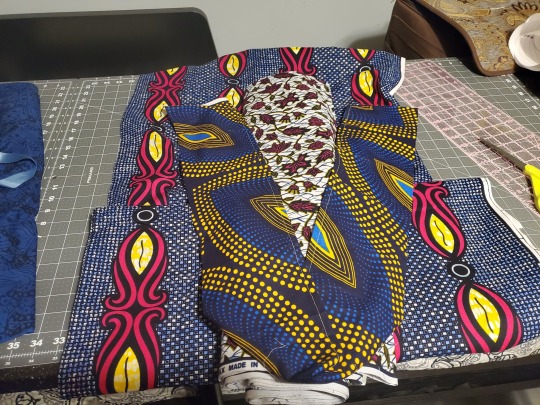

Couple of strong options but I wasn't feeling either of them particularly. Time to go shopping.

Kidding, I enjoyed the trip. Here's the new candidates.



Okay, comparing the pieces of the new pattern to the completed dinner bodice seems like we don't strictly _need_ to do a mockup... Fuck it. We're cutting the final fabric.
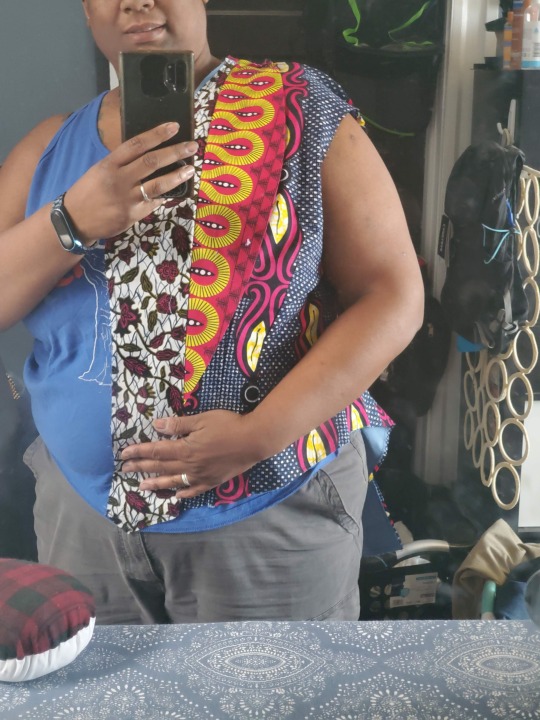
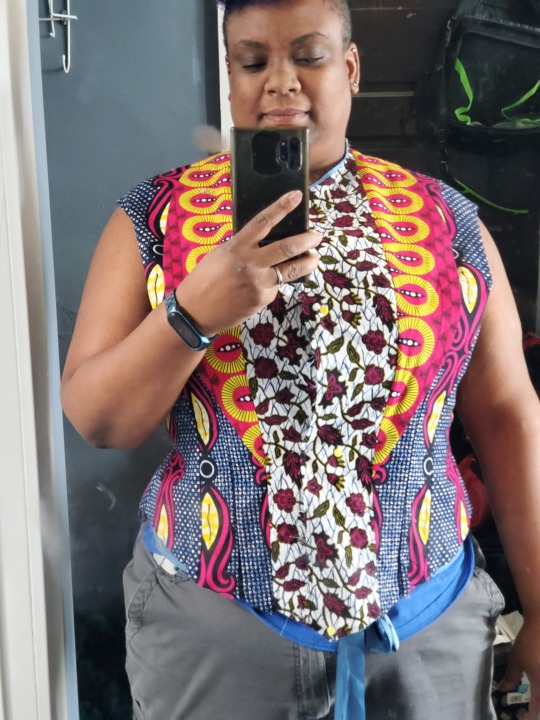
Good start...

Sleeve fits...
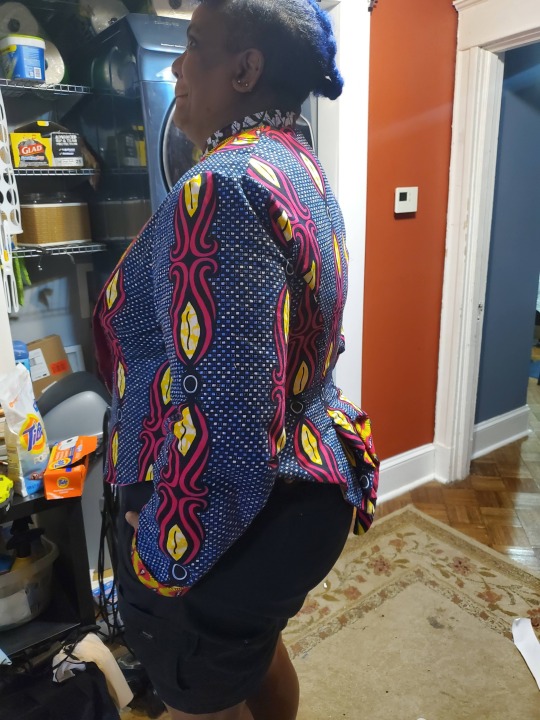

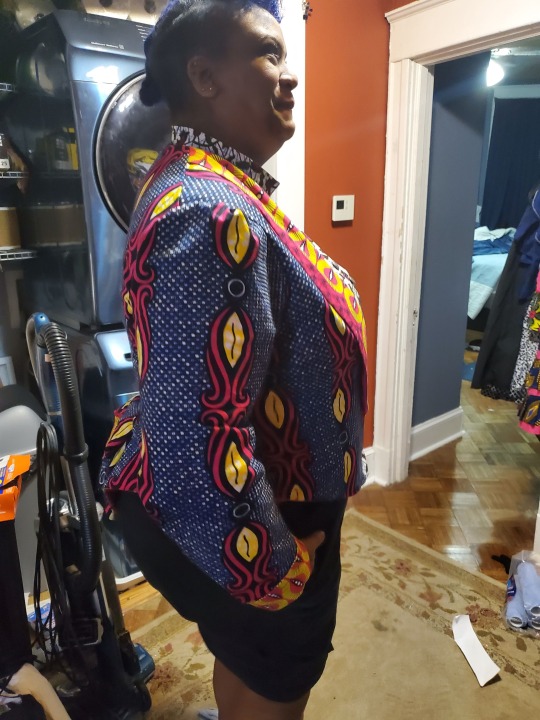

Brave, if I do say so myself
Bonus: I needed a bigger bustle.
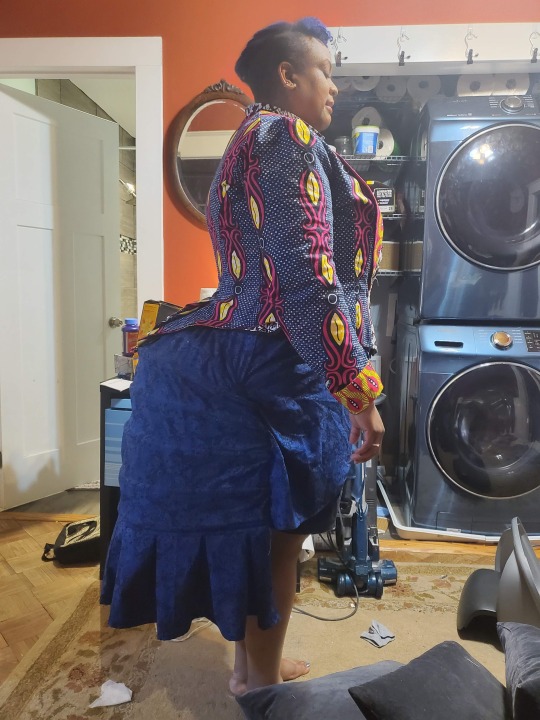

So that's another set of head to toe looks!

3K notes
·
View notes
Text
As someone who likes historically-inspired clothing, I’ve sometimes heard, “Women fought to not have to dress like that! What’s wrong with you?!”
Yes- to not HAVE to. Which is good and noble and important. Except….I don’t have to. I want to.
You have the right to wear pants, or crop tops, or a sweatsuit, and I have the right to wear petticoats and corsets. and neither of us are being forced into it, because of that battle our ancestors fought
It was not a fight to dictate women’s clothing in a direction you, personally, like better
1K notes
·
View notes
Text
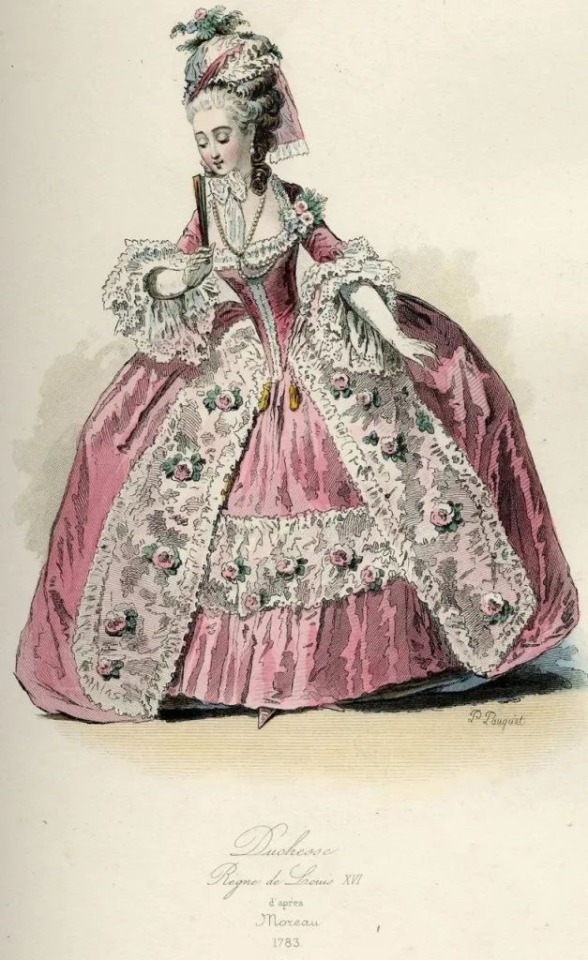
#historical fashion#fashion#historical#history#historical clothing#historical dress#long dress#textiles#rococo#1700s fashion#1700s#fashion plate#18th century fashion#18th century#artwork#art#old fashioned#high fashion#dress#gown#ball gown#historical costuming#historical costume
39 notes
·
View notes
Text


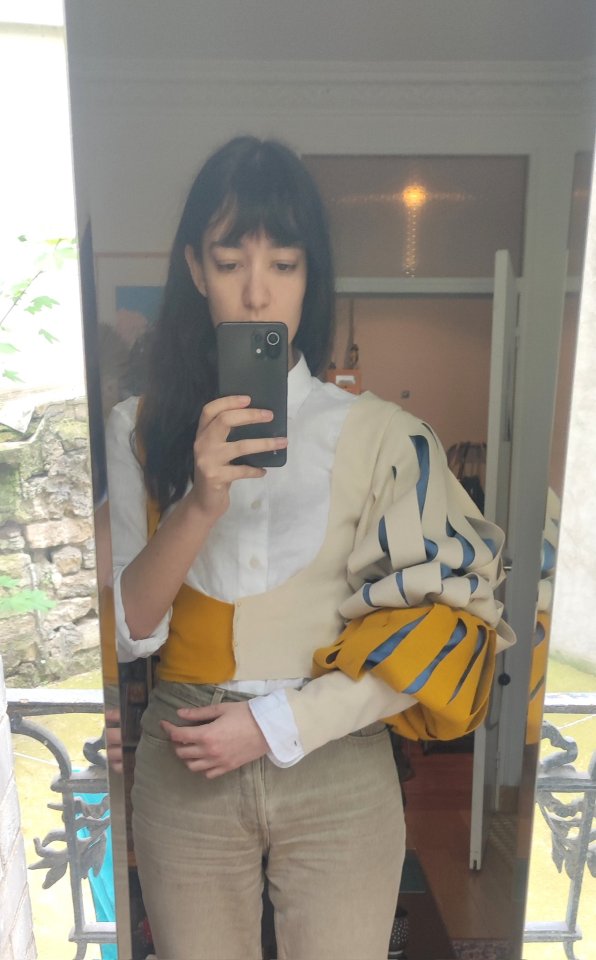
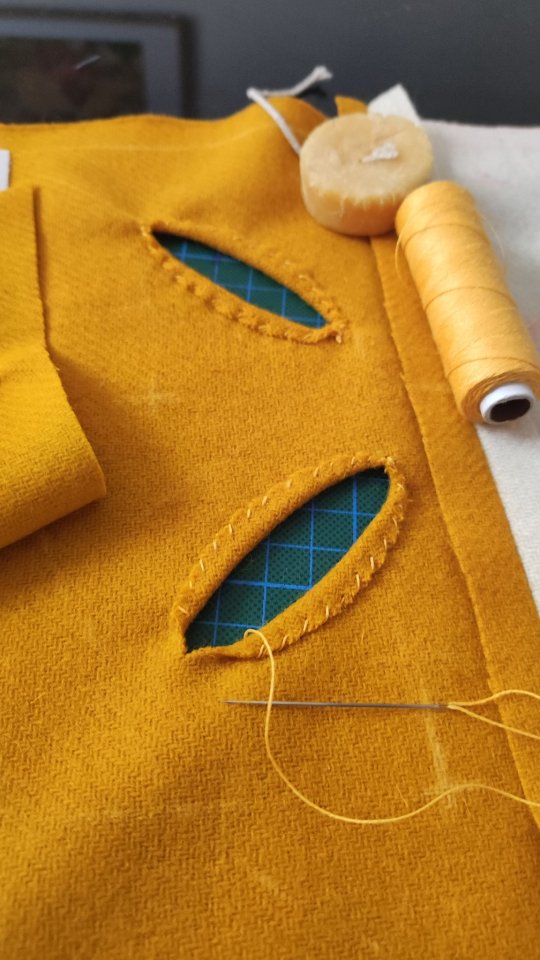

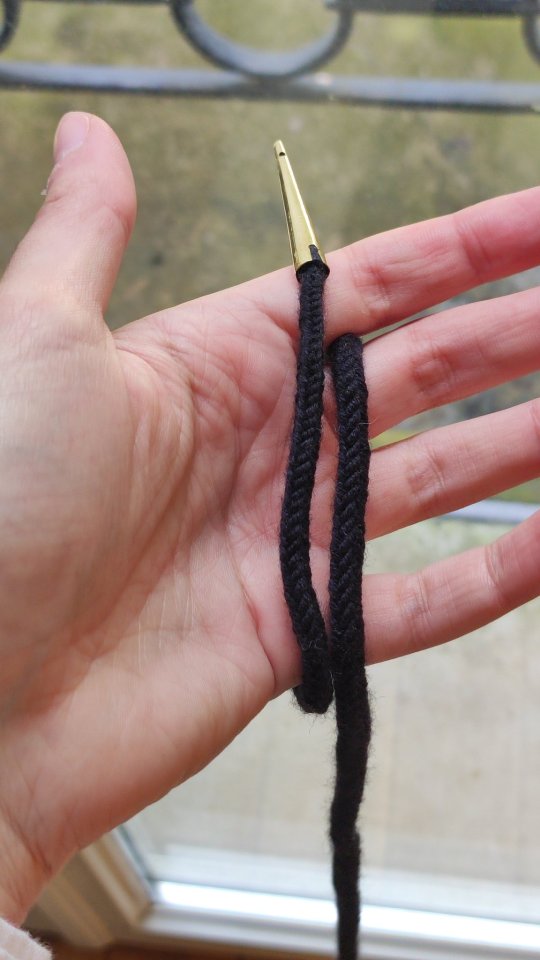
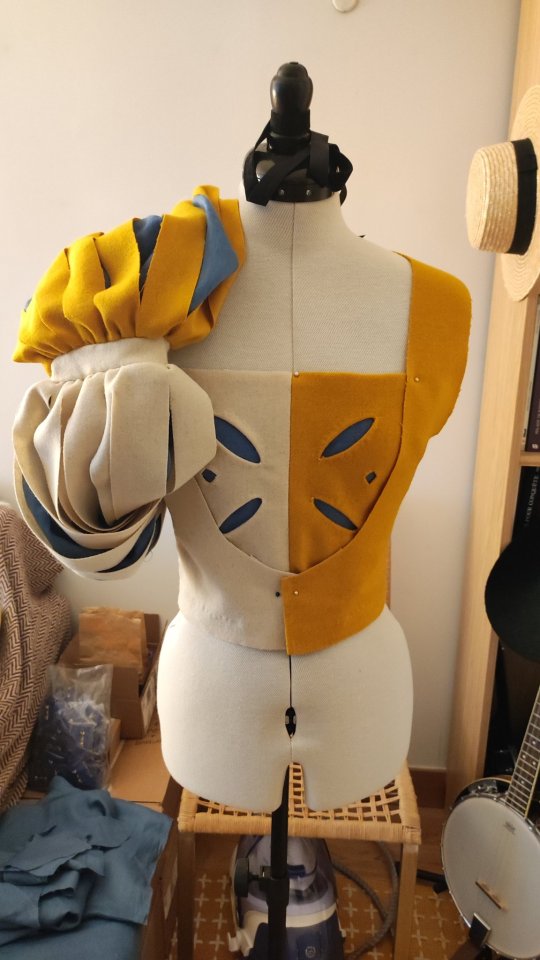




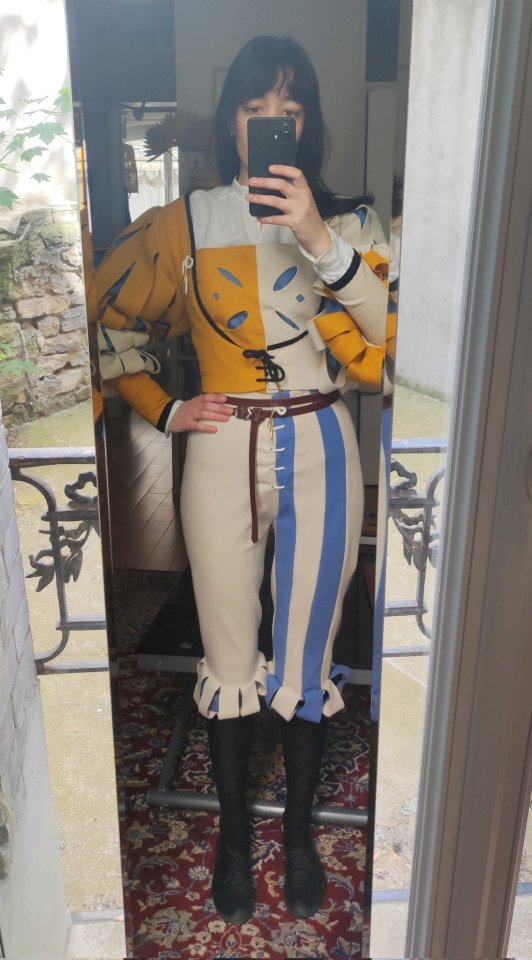


Progress on my current project ! Having some with stripes and slashing this time around. Didn't take any progress photos for the hosen/pants because it broke my brain a little, lol. I also started doing fingerloop braiding for the lacing cords.
I still have to fix a few things on there, including fixation on the brustfleck, and after that onwards to making the hat !
#historical costuming#sewing#16th century#landsknecht#germanic guard#renaissance#it's landsknecht inspired but I also like to think of it as#jestercore#first time draping an drafting everything myself woo !
11K notes
·
View notes
Text

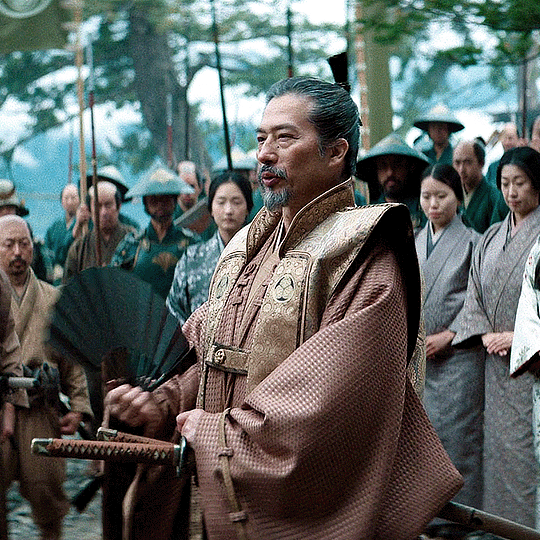

Shōgun (2024) | E04 | Costume Appreciation
Sanada Hiroyuki as Lord Toranaga
#shōgun#shogun#costumeedit#shogunedit#menedit#sanada hiroyuki#toranaga yoshii#tvedit#adaptationsdaily#*meine#cinematv#cinemapix#filmandtvedit#perioddramaedit#gifshistorical#perioddramasource#shogun fx#shōgunedit#shōgun 2024#historical costuming#feudal japan
550 notes
·
View notes
Text
My Mina Harker Halloween costume 💜🖤🦇🖤💜
My Grandma and I worked super hard on it and Mum helped out a lot this week making sure it'd be done in time to go trick or treating :)



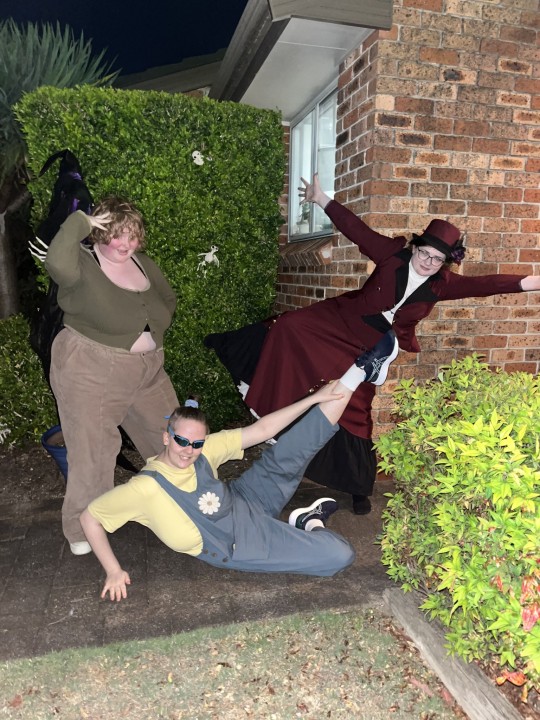
(Also my friends and I that night :))
Had such a fantastic time, Happy Halloween indeed :))))
#halloween#happy halloween#halloween 2023#dracula daily#re: dracula#dracula#mina murray#mina harker#historical costuming#i will be wearing this again 100%#i'll change some things about it though#cosplay#costume#cgpost
526 notes
·
View notes
Text
Minoan Kilt
The large, structural skirt worn by Minoan women in art is instantly recognizable, and when I made my own I combined current best guesses with my own personal tastes.

My kilt shape follows the hypothesis laid out by Bernice Jones in her book Ariadne's Threads: The Construction and Significance of Clothes in the Aegean Bronze Age. She describes the shape of that of a labrys, a double-headed axe with apparent ceremonial significance in Ancient Minoan culture. This garment may be depicted in Linear-B logogram *166 + we, we-being the backwards-s-shaped squiggle in the center which identifies the piece as a garment.

See pages 336 and 341 in Marie-Louise B. Nosch, The Textile Logograms in the Linear B Tablets
Actual details on construction and materials below the cut:
Construction:
The top and bottom edges of the kilt are concave, so the sides are longer than the middle. This gives the chevron-shape seen on layered kilts in art. In addition, the curved top half makes the skirt flare out, accommodating the hips and giving more freedom of movement to the legs. My kilt measured from my waist to my anklebone at the longest point, and about 1.5 times around my waist.
I chose to make a flounced kilt, with smaller strips of fabric and trim applied to a large base piece, rather than a tiered kilt, in which multiple kilt shapes of varying length are layered one on top of the other, so you end up wrangling 3 layers of fabric around the waist. The flounced kilt saves fabric and gives you a lot more freedom with whatever trim you might want. Jones' diagram for a flounced kilt is seen below:

Unlike the version in the diagram above, I chose not to attach ties to the garment itself both because the linen I used was very heavy and I was concerned about weight, and also because folding the skirt and securing it with a separate tie worked just fine for my tastes. In total I had four flounces: 2 alternating rows each of fabric and fringe.
The vertical edges of most kilts are left plain, probably representing either the selvage or an edge otherwise finished off to prevent fraying. For my kilt, however, I ended up with a couple inches of self-fringe on either side as I adjusted the fabric to the correct width. At least three examples of kilts with fringed vertical edges are known, all three from the so-called "House of the Ladies" in Akrotiri
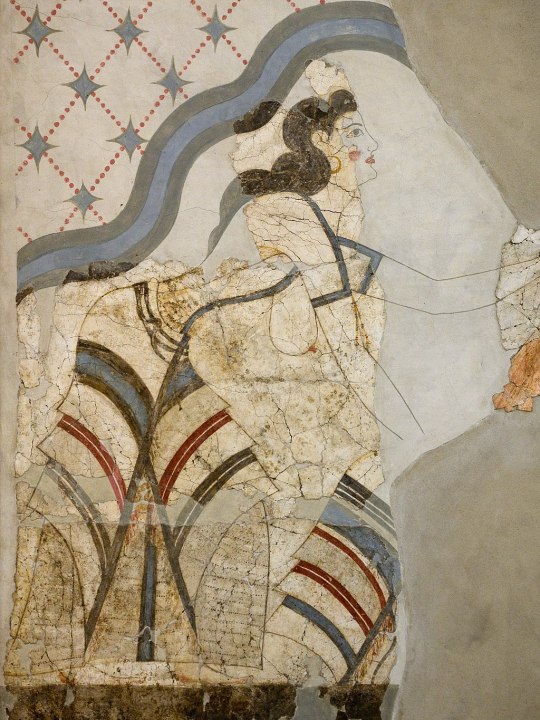

Photos from Wikimedia Commons. Image 1. Image 2.
The vertical edges of these kilts are reinforced with a colored band or tape, probably to keep the garment from unintentional further fraying. Accordingly, I did the same on my kilt. I also like that it gave a nice vertical diagonal to counterbalance the horizontal ones.
Materials
I tried to use mainly linen and wool, the fibers most available on Ancient Crete, but some of my trim was cotton because sometimes you just have to use what's cheap and available in the today times.
The base of my kilt is a heavy, patterned linen in what's called a diaper weave, meaning that a repeating diamond pattern is woven into the pattern itself. A lot of the Minoan textiles depicted in frescoes are characterized by repeating geometric patterns, likely woven into the fabric itself, and that was something I wanted to capture in my own piece. My linen is woven with both cream and natural colored threads. The heavy weight is important to give structure to the garment--otherwise it would be kind of limp. My linen was from Burnley & Trowbridge (shameless plug), as was the plain cotton twill tape I used to bind the top and bottom edges of the kilt, and the dark red wool twill tape I used along the vertical edges.
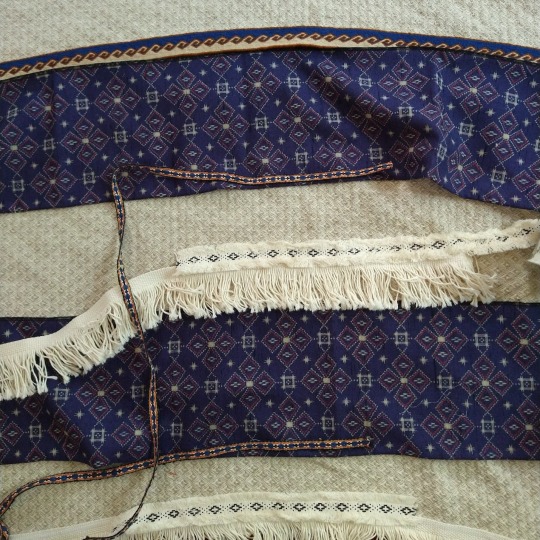
I bought my cotton fringe from a rug supply store. I had to search a while to find a fringe that would work for me, and I ultimately chose fringes with a woven header rather than the more common knotted one, so that it would lay flat against the kilt. I hid the woven header under a layer of cotton fringed trim from Michaels (yes, Michaels) with this really great diamond and dots pattern woven in black.
The blue layers are from a bolt of vintage wool Kimono fabric. Blue appears frequently in frescoes, likely achieved with indigo or woad dye, or even murex/mollusk dye. The fabric is printed with an imitation ikat pattern of diamonds and squares that made me think "the vibes seem right!" because quite frankly, you aren't going to get "historically accurate" Minoan textiles (which there probably isn't enough archaeological evidence to definitively describe) without, like, hand-weaving it yourself or paying someone hundreds of dollars to do it for you (and that price is if the weaver really likes you). Neither of which appealed to my desire to just make a fun, low stress project. Good enough is good enough.
The narrow trim on the bottom of the blue flounces is vintage cotton/poly woven trim. This trim, while narrow, was quite thick and stiff, which was great because it added more weight and structure to the end of my flounces since the wool fabric itself was quite thin.
The top layer is a custom tablet-woven wool trim that I commissioned from MAHTAVAhandicraft on Etsy. I imagined this as the "centerpiece" of my kilt, and I'd arrange everything to complement it.

It's a kivrim pattern, which has itself only been traced to 19th-century Anatolia, but I didn't care. The way it looks like waves reminded me of how central the sea was to life in the Ancient Aegean and Mediterranean and it captured the idea and aesthetic I was pursuing. I mean, doesn't it remind you of these dolphins?

(I like the dolphins)
The whole thing was machine sewn with the exception of hemming and adding trim to the blue flounces. If you were to look at it from the back, you'd see lots of zigzag stitches, because i wanted to be fast! and have fun! not chase some unreachable ideal of "accurate."
As for wearing it, I chose to wear it with the top part folded/rolled down over a belt, so I have a thick tube of fabric around my waist. Many images, like the frescoes above of women with fringed kilts, appear to just show the kilt being tied closed. Other images are so fragmented or stylized that it's unclear what kind of skirt closure was used. Sculptures and figurines definitely show some kind of SOMETHING around the waist, whether this is folded fabric or a kind of belt is unclear. Different art could show different things!
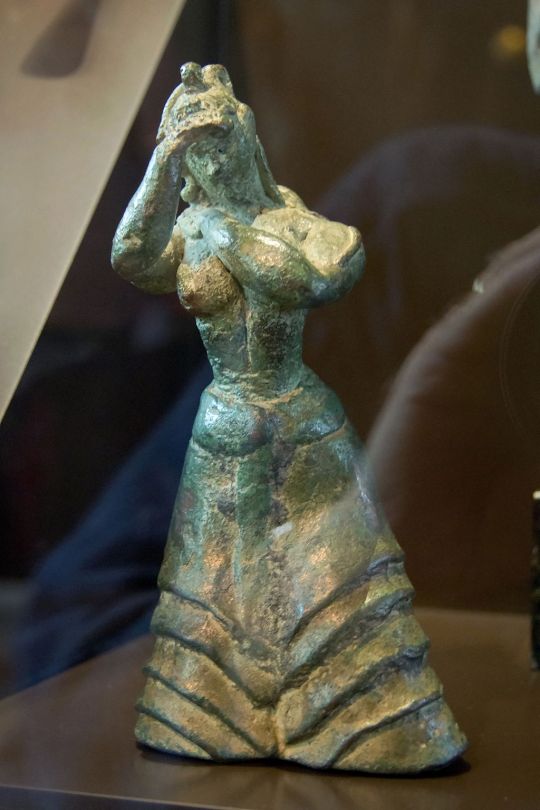
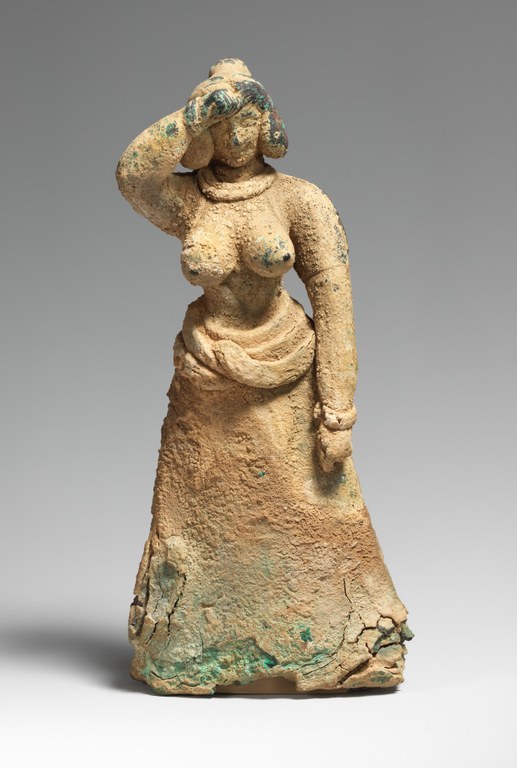
I think I see evidence of a continuous line from the skirt to the waist-roll on the figure on the left, found in Troas, which I think indicates some kind of skirt-folding situation. The woman on the right, found in Crete, looks more like she's wearing some kind of long coiled belt, or perhaps snakes. Who knows? I don't! For my own part, I found the combination of rolled waist + tie belt the most secure for doing things like kneeling, stomping around, and wading into rivers to rescue bees. I also liked that it gave me the bulk around the hips that gives Minoan figurines such a powerful silhouette, and proportionally gives more of an hourglass shape. If you wanted to do something more firmly grounded in the sources, stick just with the waist tie or belt, wrapped around a couple times and tied in back. If you want to be like me, just say "well we don't KNOW it didn't happen" and just do whatever you want. Have fun! Whatever happens, it should be fairly easy to move around in the kilt--this is not a restrictive garment, just a heavy one.
805 notes
·
View notes